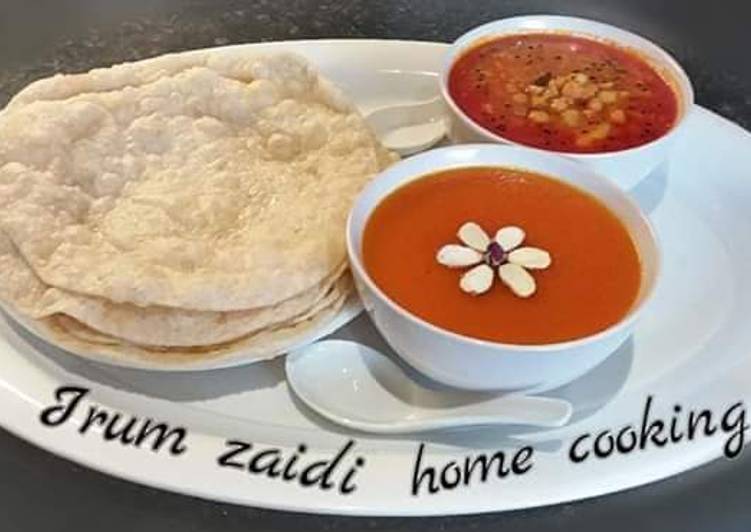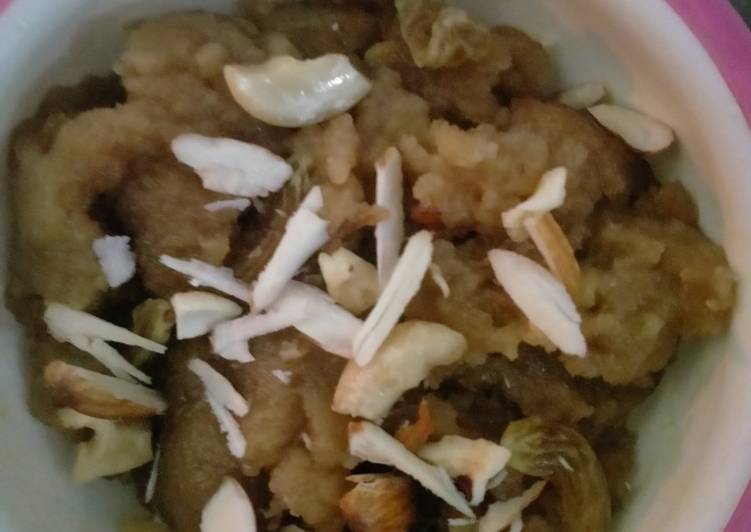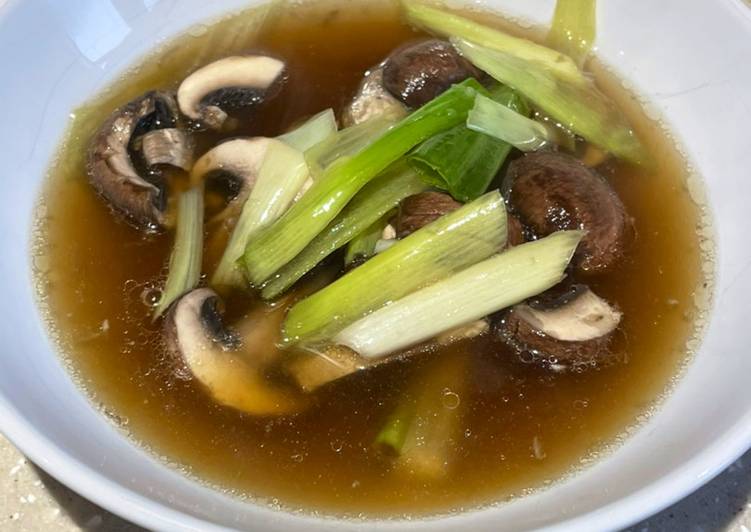
Hey everyone, it’s me again, Dan, welcome to our recipe site. Today, we’re going to prepare a special dish, halwa poori & chane (special pakistani breakfast recipe part 1). It is one of my favorites food recipes. This time, I am going to make it a bit tasty. This will be really delicious.
HALWA POORI & CHANE (special Pakistani breakfast recipe part 1) is one of the most favored of recent trending foods in the world. It’s enjoyed by millions every day. It is easy, it is quick, it tastes yummy. HALWA POORI & CHANE (special Pakistani breakfast recipe part 1) is something that I’ve loved my entire life. They’re nice and they look fantastic.
As mentioned above, halwa poori is a combination platter consisting of soft, flaky poori breads, suji ka halwa, Punjabi chole aka chana masala, and aloo ki bhujia (or aloo ki tarkari) and some sort of pickle. I'm going to be sharing the recipe for Punjabi chole masala this week, so stay tuned! Halwa Puri and Tarkari is not only a traditional Pakistani specially Karachi's breakfast but this is something which I grew with. You can find amazing Halwa Pooris in every corner of Karachi and it is hard to rate them because they all are amazing.
To get started with this recipe, we have to prepare a few components. You can have halwa poori & chane (special pakistani breakfast recipe part 1) using 7 ingredients and 4 steps. Here is how you cook it.
The ingredients needed to make HALWA POORI & CHANE
(special Pakistani breakfast recipe part 1):
- Prepare 1/2 cup semolina
- Get 1 cup sugar
- Make ready 3 cup water
- Take 2 tblsp ghee, oil or unsalted butter
- Get 1/4 tsp yellow food colour
- Prepare 3 cardamom crushed
- Make ready 6,8 almonds
Halwa poori and poori halwa is the same thing with these two names. I love to eat poori halwa in breakfast to have a fine day with the full energy of delicious poori, channa, and sweetest halwa. Halwa poori is a traditional Pakistani and Indian breakfast that features semolina pudding or halwa and a soft fried dough called poori. Halwa is typically made with a mixture of fried semolina and sugar syrup, which is then combined with nuts such as pistachios and almonds.
Steps to make HALWA POORI & CHANE
(special Pakistani breakfast recipe part 1):
- In a deep, heavy based sauce pan, add the semolina (sooji) and stir fry over medium/low heat stir it just light golden brown colour add in the ghee and stir 2,3min.
- At the same time in another pan dissolve the sugar in the water with cardamom n color over low heat and keep stir till just one boil.
- It is convenient to do this in a pan with a long handle because when you pour the sugar solution into the semolina (sooji) mixture a lot of steam is created, which burns your hand.
- When the semolina (sooji) is light brown and gets a glossy look and does not stick together much (which means it is fried enough) add the sugar solution and bring to a boil, then simmer till the liquid is absorbed. At this stage you can stir off and on, not continuous. - - Serve hot, garnished with the almonds.
Halwa poori is a traditional Pakistani and Indian breakfast that features semolina pudding or halwa and a soft fried dough called poori. Halwa is typically made with a mixture of fried semolina and sugar syrup, which is then combined with nuts such as pistachios and almonds. Halwa Poori No festival is ever complete without a specially made pakwaan. One such dish is Halwa Poori, which has been the preferred choice for all festive seasons since time immemorial. Halwa Poori is a traditional Bangalore dish, popularly made by Muslim families specially during weddings.
So that’s going to wrap it up for this special food halwa poori & chane (special pakistani breakfast recipe part 1) recipe. Thank you very much for reading. I’m sure that you can make this at home. There’s gonna be more interesting food in home recipes coming up. Don’t forget to bookmark this page in your browser, and share it to your family, colleague and friends. Thanks again for reading. Go on get cooking!

